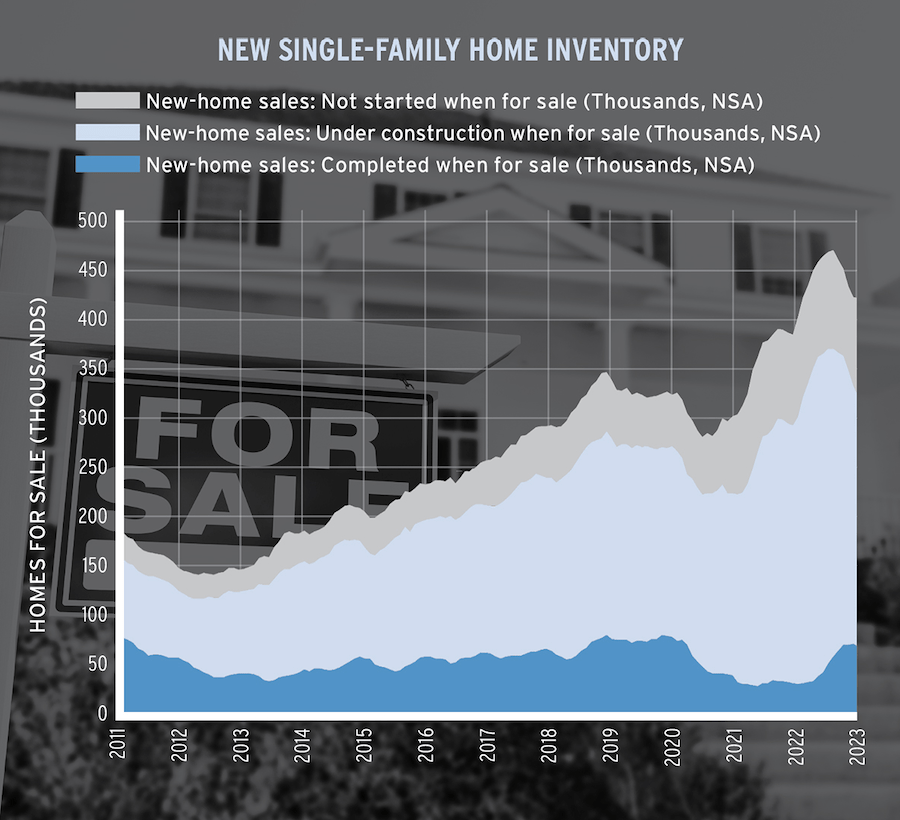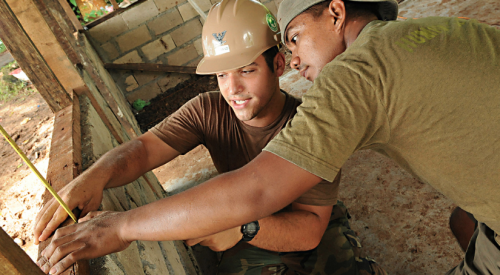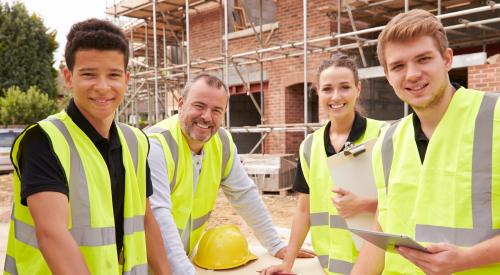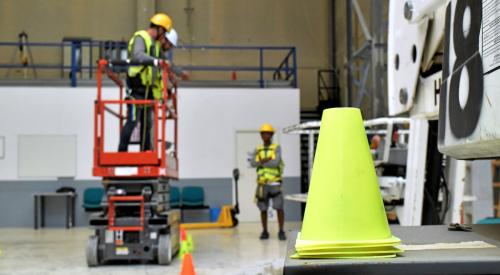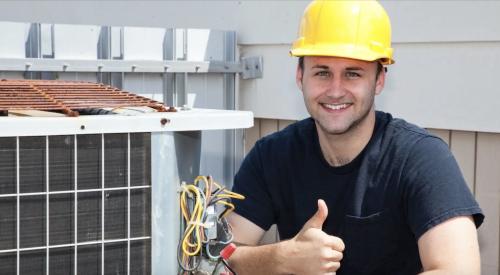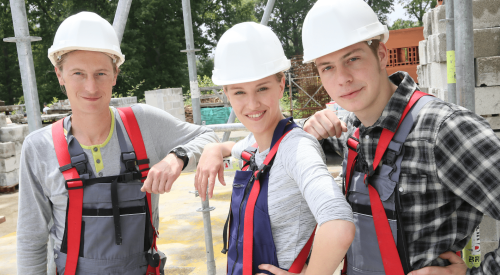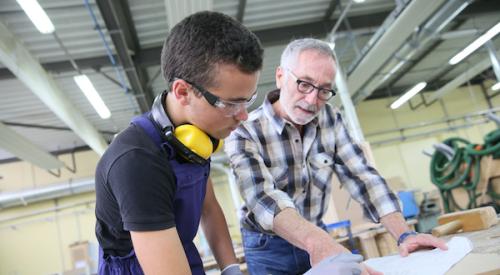A chronic shortage of labor in the residential construction industry makes clear that workforce development needs more educational capacity to train the next generation of skilled professionals to build the nation’s homes.
Research by economists at the National Association of Home Builders (NAHB) indicates that the home building industry requires almost 2.2 million new hires over the next three years to keep pace with growth in housing demand and attrition within its labor force.
Fortunately, three organizations—the Lowe’s Foundation, the estate of Herbert V. Kohler Jr., and the Harper Family Foundation—have stepped up recently with major funding for construction workforce development.
RELATED
- How NAHB Is Working to Develop a New Generation of Home Building Professionals
- 3 Ways Home Builders Can Address Labor Shortages by Investing in Trade Partners
- Building the Pipeline for Next-Gen Skilled Labor
Lowe’s Foundation Gable Grants Program
The Lowe’s Foundation recently launched the Gable Grants program, a five-year, $50 million commitment to support community and technical colleges and community-based nonprofit organizations in their efforts to prepare the next generation of trades professionals. The program looks to recruit and train at least 50,000 people for rewarding careers in the skilled trades.
With these grant commitments, the Lowe’s Foundation will fund each grantee for two years to help them build sustainable, innovative training and workforce development programs. The Gable Grants program will also emphasize the importance of supporting underrepresented communities.
Herbert V. Kohler Jr. Estate Gift
NAHB’s National Housing Endowment (NHE), meanwhile, recently announced a $3 million gift from the estate of Herbert V. Kohler Jr., former Kohler Co. executive chairman. As a founding member of NHE, Kohler served on its board of trustees for 35 years.
The gift will help fund residential construction faculty and curricula, as well as scholarships to enable more than 500 students to attend the International Builders’ Show each year. It will also enable expansion of the Skilled Labor Fund’s Career Connections grant program to fund local association-organized career events. An estimated 70,000 students this year alone will learn about the skilled trades needed in residential construction. These students will meet industry professionals and experience hands-on demonstrations with the tools and materials used in home building.
Harper Family Foundation Contribution
Developer Robert Harper recently visited the BuildStrong Academy of Orlando to announce a $1 million contribution to the Home Builders Institute (HBI) from the Harper Family Foundation. HBI, NAHB’s workforce development partner, operates the BuildStrong Academy in Orlando and other locations around the country, where it conducts skill-building classes at no cost to students.
The BuildStrong Academy of Orlando opened in 2021 and offers training designed to take students from beginners with little or no construction skills to tradespeople sought after by employers. Instructors use HBI’s curriculum, which is one of only three pre-apprenticeship programs recognized by the U.S. Department of Labor. The instruction is customized to meet the employment needs of local building and construction businesses in different communities.
The funds from the Harper Family Foundation will support the BuildStrong Academy of Orlando, and will finance scholarships and programs that expand training opportunities for young people in Orlando, throughout Florida, and across the country.
In addition to the BuildStrong Academies, HBI runs workforce development programs through 624 other programs in 48 states and Puerto Rico.
Econ Update: Lower Mortgage Rates and Tight Supply of Existing Homes Boost New-Home Sales in March
New-home sales were up in March, as a result of lower mortgage rates and limited existing-homes inventory. The uptick occurred despite builders’ ongoing challenges with rising construction costs and supply-chain disruptions.
Sales of newly built, single-family homes in March came in at a seasonally adjusted annual pace of 683,000, according to data from Department of Housing and Urban Development and the U.S. Census Bureau. This is a 9.6% increase over a downwardly revised reading of 623,000 in February, and the pace is 3.4% below the March 2022 estimate of 707,000. A new-home sale occurs when a sales contract is signed or a deposit is accepted. The home can be at any stage of construction: not yet started, under construction, or completed.
The March reading of 683,000 units is the number of homes that would sell if this pace continued for the next 12 months, adjusted for seasonal effects. The inventory of new single-family homes fell 9.5% in March to 432,000 but remained elevated at a 7.6 months’ supply at the current pace of new-home construction. A measure near a six months’ supply is considered balanced.
